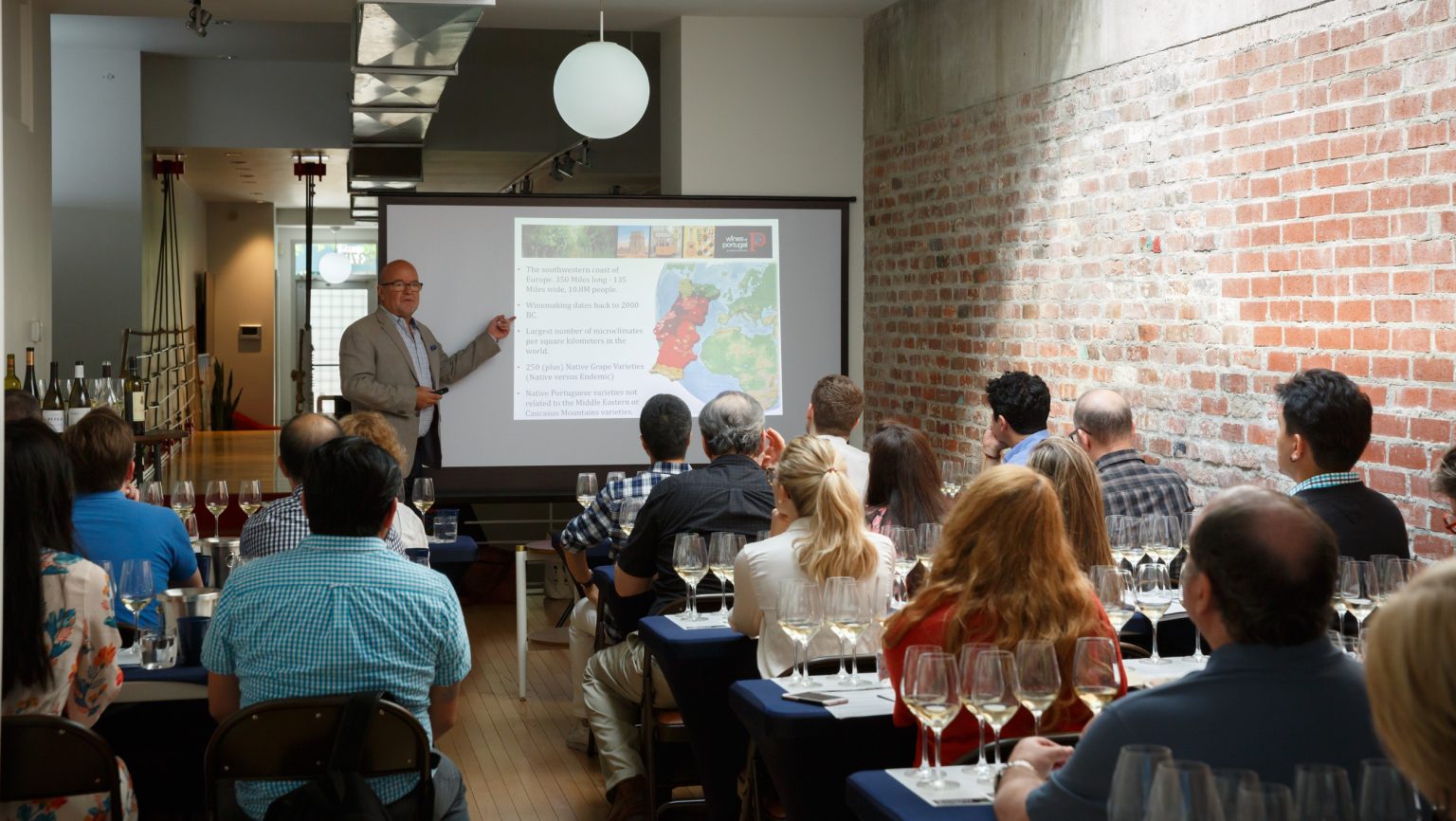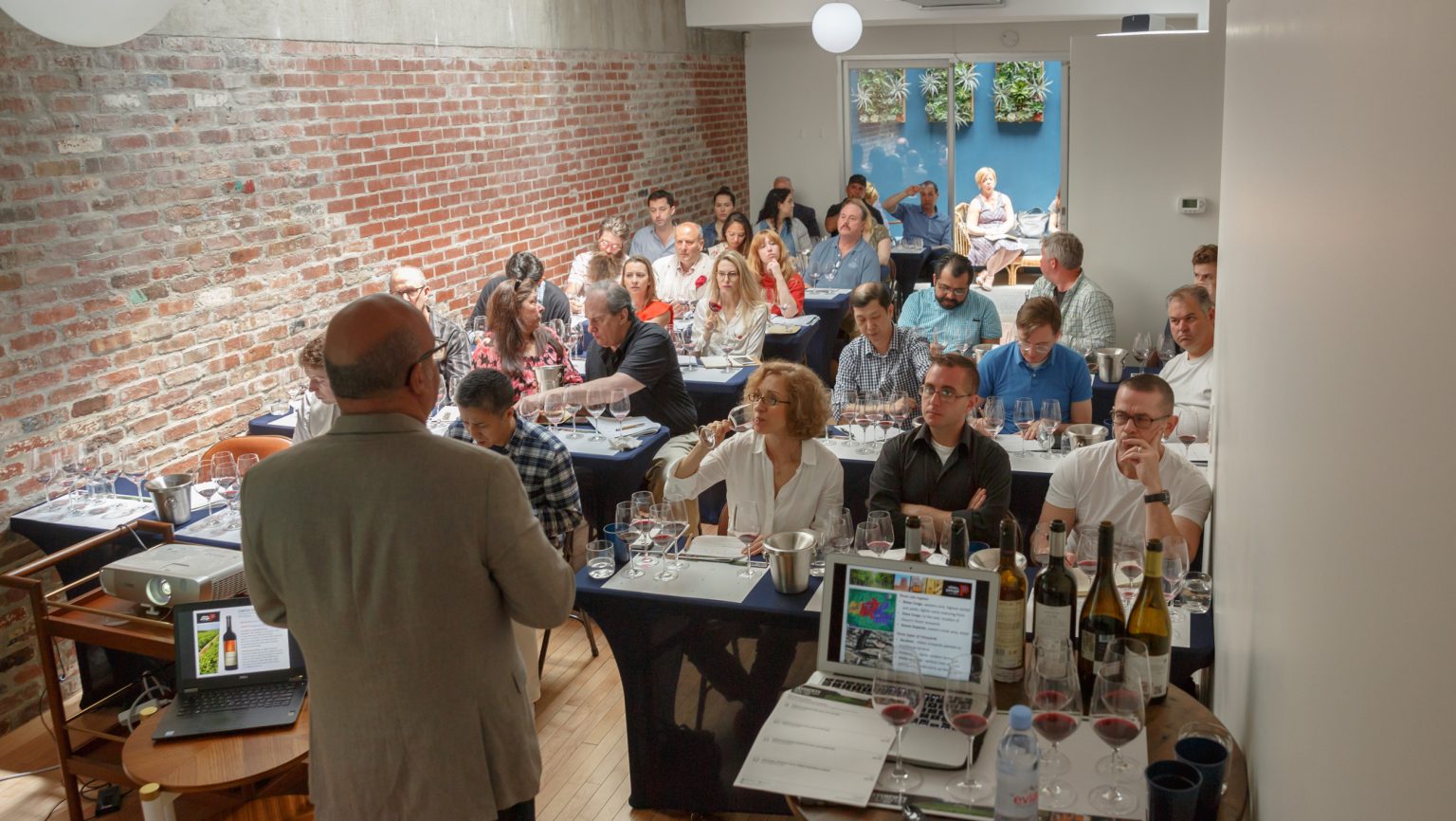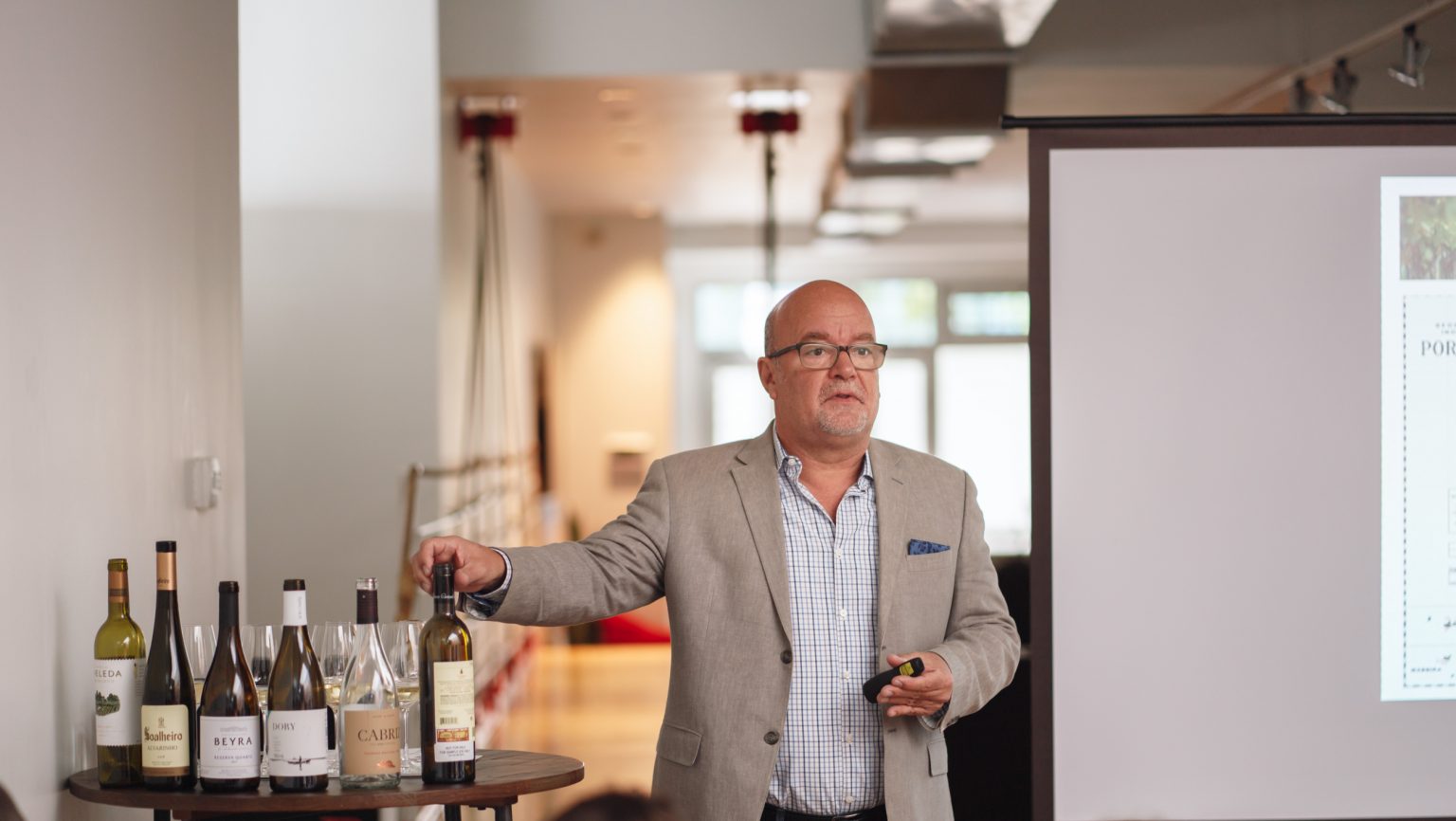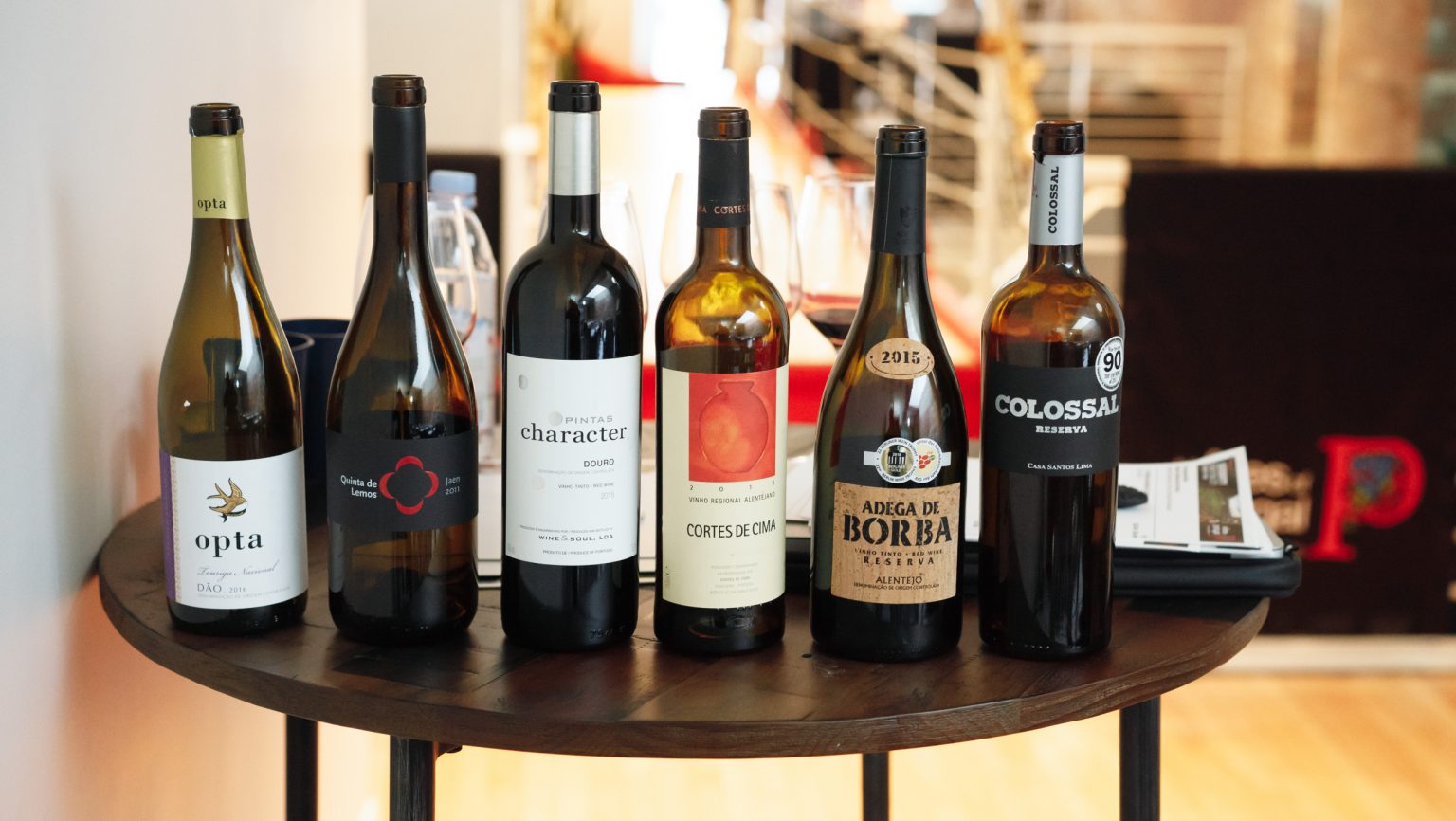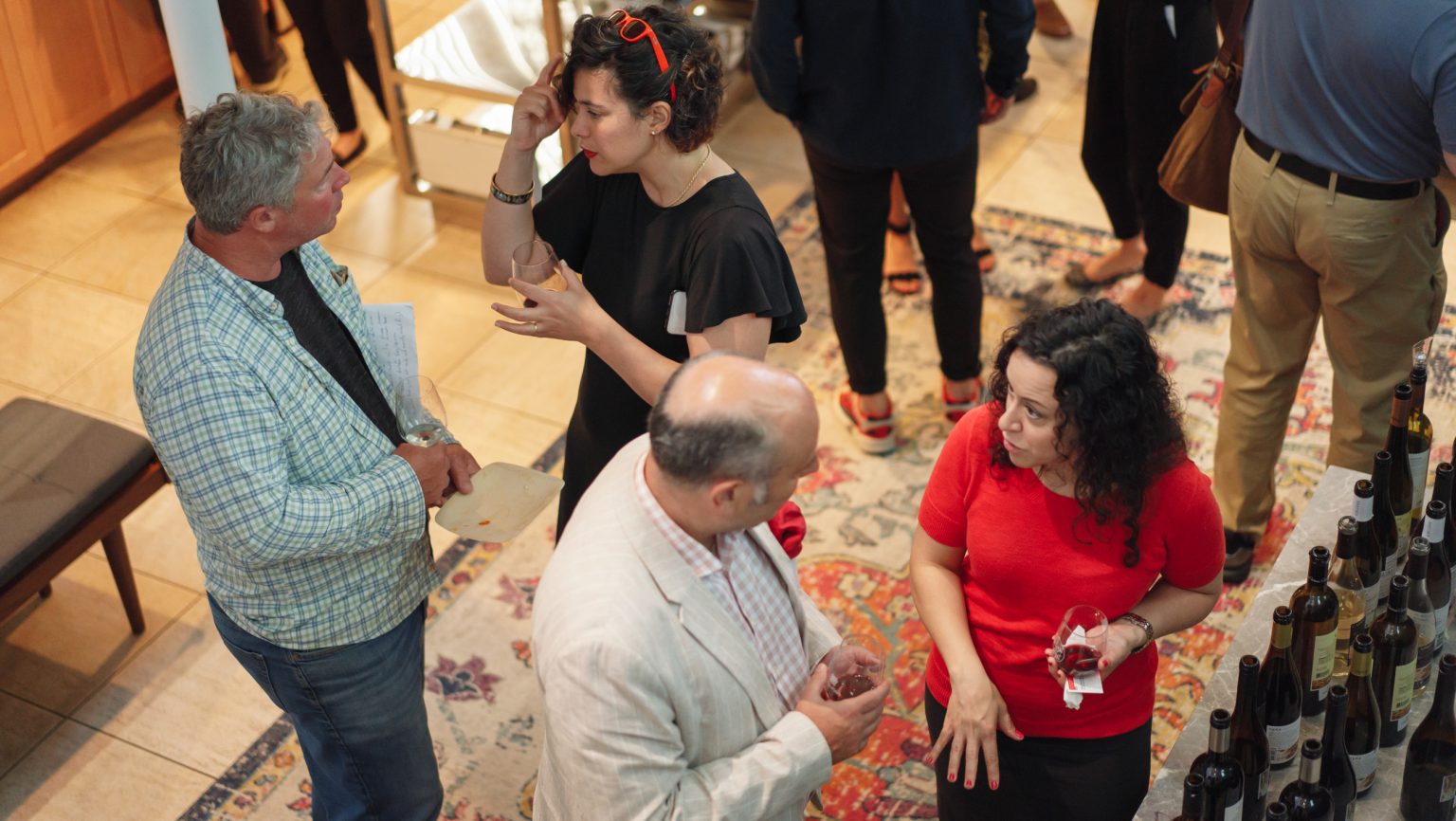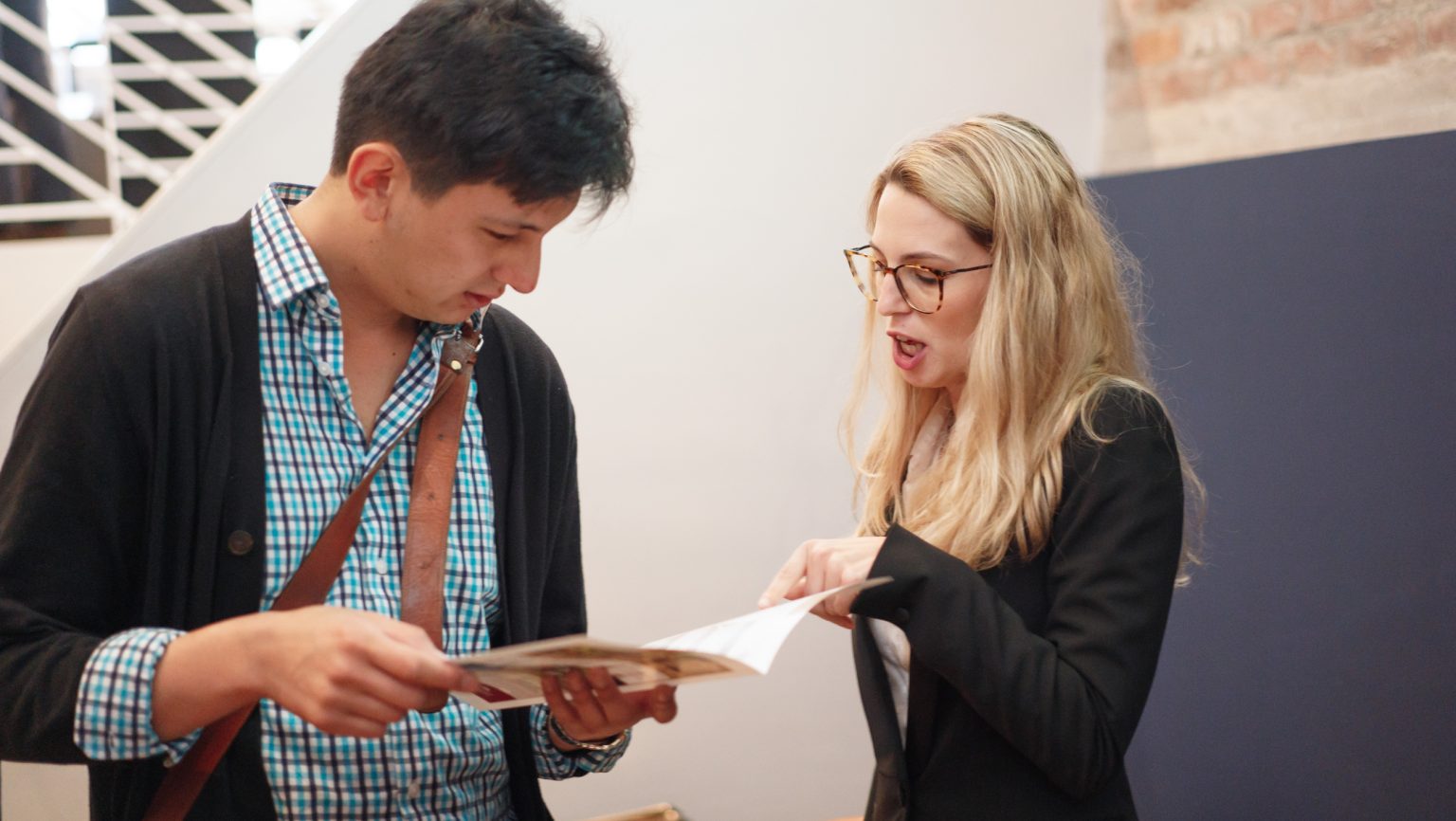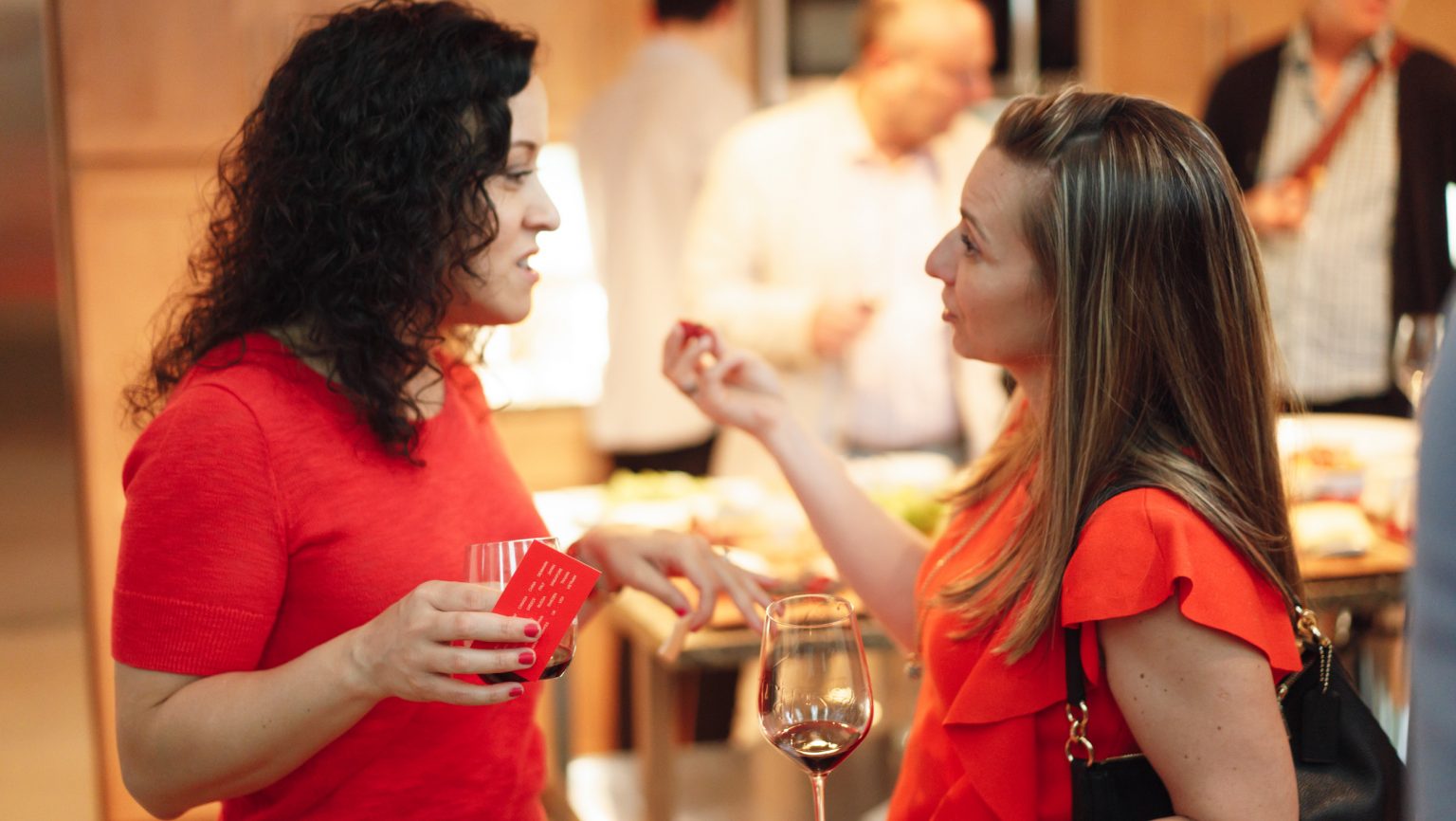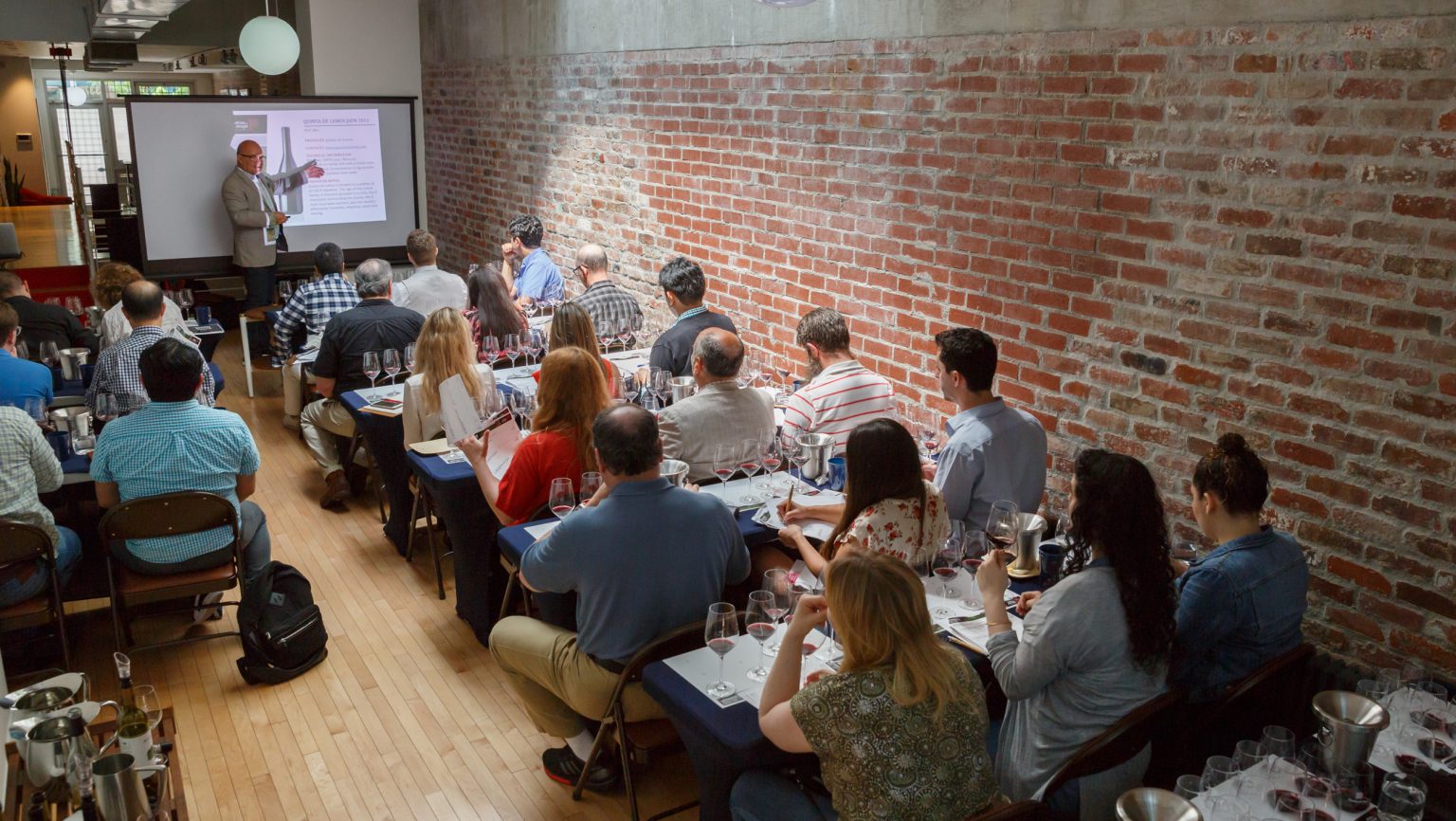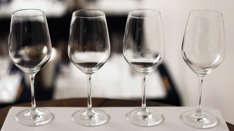This advertising content was produced in collaboration with our sponsor, Wines of Portugal; it does not necessarily reflect the views of SevenFifty Daily’s editorial team. For more information, please refer to our ethics guidelines.
“Once you get these wines on people’s lips, it’s a done deal,” said Eugénio Jardim, the U.S. ambassador for Wines of Portugal, at a master class for wine buyers on May 20 at SevenFifty House in Manhattan. The award-winning instructor was in New York to showcase a dozen wines, from Algarve to Vinho Verde, and highlight the country’s unique blending traditions as well as new trends in Portuguese wines. He gave an overview of Portugal’s wine regions, the diverse soils across the country, and the variety of altitudes and climates that contribute to its broad range of styles. Wine buyers also learned an interesting fact that sets Portuguese wines apart—DNA studies show that Portuguese varieties are closely related to wild Iberian plants (Vitis sylvestris). “There is an undeniable quality level, and the price ratio is off the charts,” said Jardim. “Take a chance, and the consumer will, too.”
The numbers back up Jardim’s assertion. According to a 2018 study conducted at ProWein by Germany’s Geisenheim University (which polled 2,300 wine experts from 46 countries), Portugal ranks first among the most sought after wine nations by international buyers looking to expand their portfolios. The country jumped from fourth place just one year earlier, and according to Jardim, the growth can be accounted for by several factors. For one, what’s old is new again. “Many traditional techniques that Portuguese wineries have been [using] for ages are fashionable now,” said Jardim, citing foot treading, the use of amphoras (called talhas), and skin contact during fermentation. The demand for natural winemaking and viticulture ties into the current emphasis on these techniques.
Modernization has been hugely important to Portugal as well, especially when it comes to making the country’s wines more approachable for consumers. After Portugal joined the EU in 1986, new DOs were put in place and significant investments were made in the wine sector. “Temperature control, low-temperature fermentation, and the use of stainless steel are all ways Portugal has made its wines more approachable,” said Jardim. “Producers are not shy about the idea of making age-worthy wines, but they realize the need for accessible wines as well.”
Single-varietal wines are also attracting attention. With more than 250 native grape varieties in Portugal, in addition to the international varieties that are planted, blends of multiple, often unfamiliar grapes can sometimes seem daunting to consumers. The country has a long history of what Jardim calls vineyards of chaos—where many varieties are planted together and, in turn, blended together. “Portugal has been doing this masterfully for centuries,” he said. “But single-varietal bottling offers better consumer recognition. Each winemaking area can showcase site superiority for the grapes it grows, and its vineyards’ unique personalities.” Alvarinho, Alicante, and Touriga Nacional, said Jardim, are all prime examples of single-varietal wines that sell well in the U.S. market.
Twelve wines were sampled at the master class, including single-varietal wines like Alvarinho from the Vinho Verde DOC and a 2015 field blend of more than 30 varieties from the Douro DOC. None of the wines served at the tasting had a suggested retail price of more than $37.

Don’t miss the latest drinks industry news and insights. Sign up for our award-winning newsletters and get insider intel, resources, and trends delivered to your inbox every week.
Jardim emphasized that the price point is another reason Portuguese wines are now so sought after. “These are very gastronomic wines at a fraction of the cost [of] other wines of the same caliber,” he said. “When I was a sommelier at [now closed] Jardinière in San Francisco, I had a sneaky trick to open patrons’ eyes to Portuguese wines. When someone would order a glass of Cabernet, I would instead bring them a glass of Touriga Nacional from the Dão or Douro, or delicious blends from Lisbon or the Alentejo. “[The trick] had such a high success rate—after I told them what it was, and of course the fantastic price, that’s what they would order as their second glass.”
Wine tourism has been a boon for Portugal in recent years: Tourism boards have stepped up their offerings, wineries have developed fine-dining experiences and luxury accommodations, and airlines like TAP offer one- to three-day stays in Portugal en route to other destinations. “Tourism brings demand at home,” said Jardim. “We already see increased presence on [international wine] lists, and customers taking a chance. The thing we want to combat is short-term memory. If you have been blown away by the wines while you were in Portugal, demand them at home.” Jardim also pointed out that travelers had been enjoying rosé from Provence for years before it hit the market in the U.S. “It takes a long time,” he said. “Be part of the movement and spread the word.”

Dispatch
Sign up for our award-winning newsletter
Don’t miss the latest drinks industry news and insights—delivered to your inbox every week.


